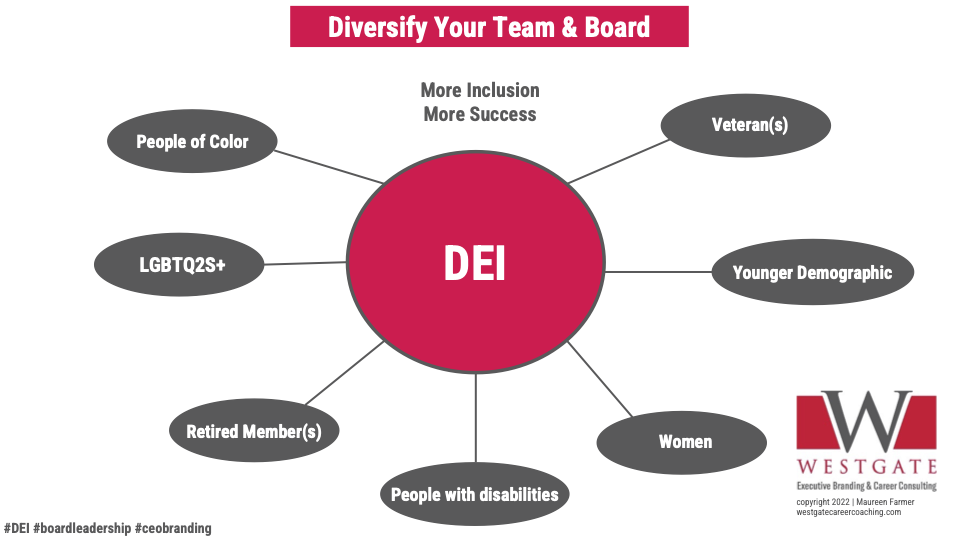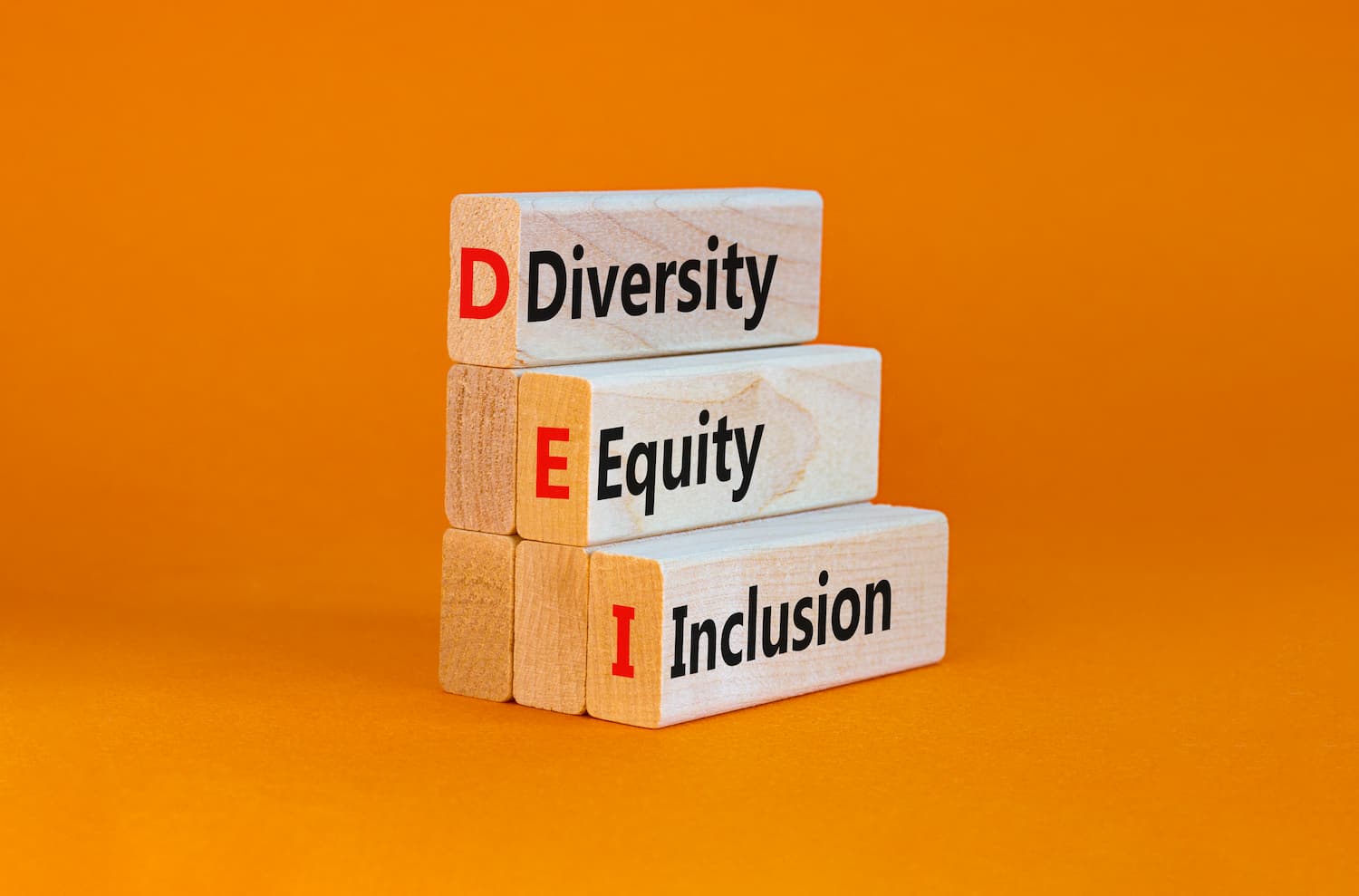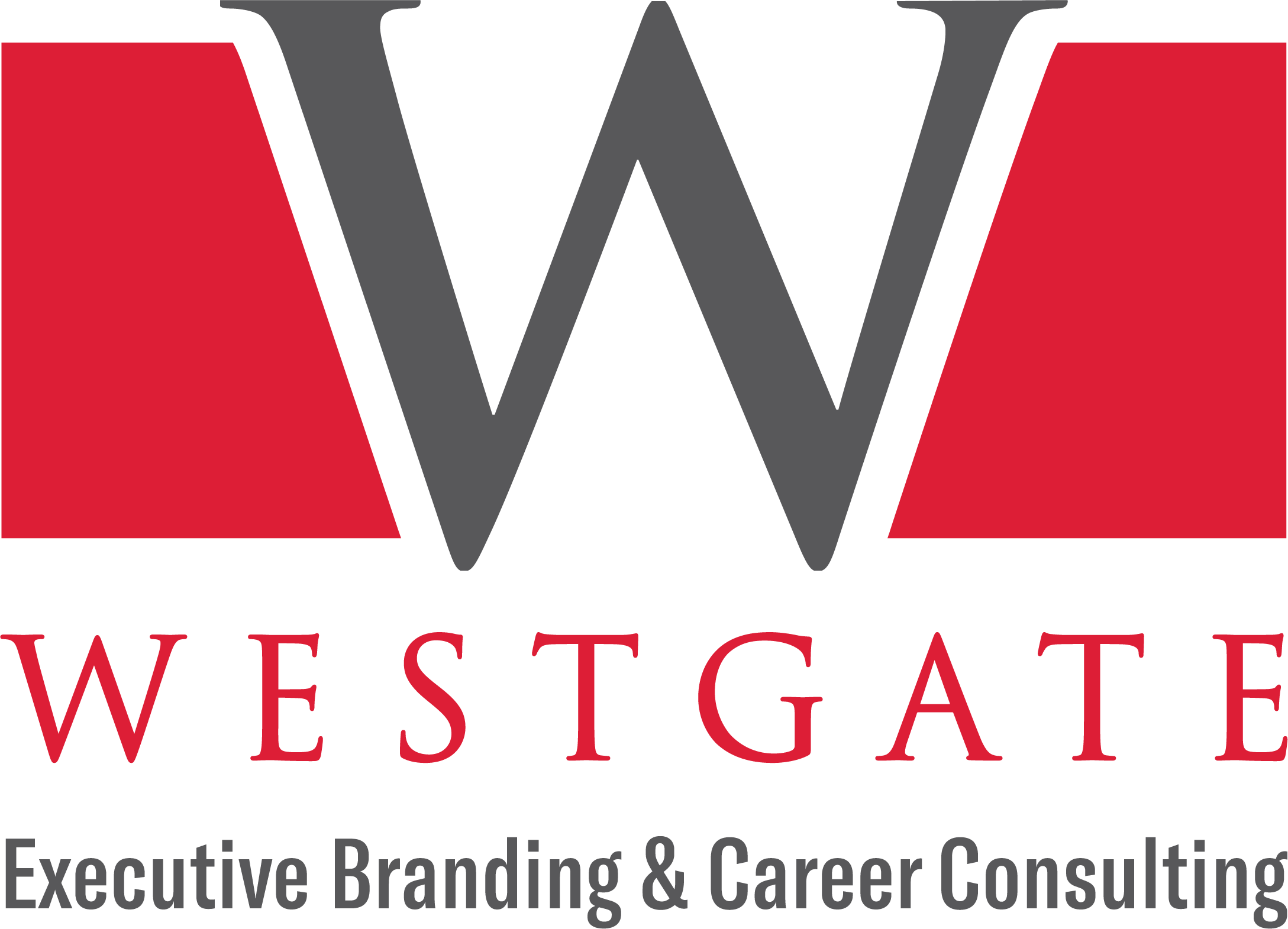The National Association of Corporate Directors (NACD) quoted in their 2022 Governance Outlook report, “Once employers have a good grasp of the DEI challenges that they face and ways to leverage data to improve outcomes, boards will be in a stronger position to initiate long-lasting structural change. It is important to understand that liability and reputational risks around DEI will not subside. The scale and speed at which this change is taking place, combined with diverse stakeholder expectations, including your company’s employees and customers, will continue to intensify” (NACD, 2022 Governance Outlook, December 2021).
It’s important to acknowledge diversity and what it means to the workforce. Some organizations make the mistake of thinking that a diverse culture means you don’t acknowledge different races, cultures, religions, traditions, etc. and that being inclusive looks like treating everyone the exact same. This isn’t inclusivity. This is tone-deafness.

“How do we increase the diversity IQ of leadership and of all the people in the company, so that people are comfortable speaking and communicating about it? Because that’s the big barrier…let’s explain how this affects the company. Now let’s transition that into something actionable where people can see it and know it and be able to talk and communicate about it at the office” (HBR, Diversity, Equity, and Inclusion 10 with Richemont’s Doug Melville, January, 2021).
A good place to start is the “inclusion” piece. How will you make your employees feel included?
In a recent episode of the Get Hired up Podcast, we interviewed world-renowned scholar, author, artist, and speaker, Dr. Afua Cooper to discuss how organizations and boards of directors can improve racial and ethnic justice in the workplace.
Dr. Afua Cooper: “How are you going to make that person feel included in the organization? So, it's one thing to get the diverse pool and to show, ‘hey, we are diverse, we have these people across a wide range of ethnicities and age groups, etc.’ How are you going to make them feel included? So, what we know in many companies, including academic institutions, is that after a few years, some of these diverse people leave, because they do not feel included, they do not feel a part of it. Sometimes they are overburdened, all the work is piled on their desk, for example. So, the challenge is in the inclusion piece…how to make these diverse peoples feel included, they have to be able to think that I'm not just working for this organization, I am a part of this organization. I'm contributing my skills and talents to this organization. You know, I'm invested in this organization.”
In this blog article, we have prepared a short- and long-term list of actionable items that your company can implement to improve DEI.

According to Harvard Business Review Analytic Services, “When the CEO sets the strategy and frequently communicates DEI progress, the company is 6.3 times (6.3x) more likely to have a diverse leadership team and is also more likely to be a leader in its industry segment.”
It’s in the interest of your organization to prioritize DEI efforts from both an ethical and profitable standpoint.
Short-term goals for DEI initiatives
Conduct a confidential employee survey to create a baseline sentiment for the degree to which employees feel there is an authentic commitment to DEI.
Anonymous feedback can be a powerful source of information for DEI initiatives and employee engagement in general. It’s important to consider having the survey built by someone representative of a minority group. DEI improvement has a long road ahead and it requires special attention to details related to representation. For example, if a white man created a survey for a team of predominantly women of color, there could be trepidation surrounding what questions were asked and why. How would he know what questions are the right ones to ask if he can’t relate to these individuals?
Furthermore, “as part of the DEI process, it’s critical for employers to proactively assess ‘disparate impact’ by identifying assessment areas, such as hiring level, compensation, and promotions. The assessment can start with a simple examination of averages (e.g., promotion rates, salaries) across protected and non-protected groups. However, averages need to be adjusted for employee-specific characteristics (e.g., different levels of experience while reviewing promotion rates) for conclusions to be meaningful, and it is often done through sophisticated statistical tests (e.g., multiple regression, logistic regression, etc.). The statistical results could be supplemented with confidential interviews, anonymous surveys, and confidential focus groups with a cross-section of employees" (NACD, pg. 36).
Having a diverse organization means that there is more opportunity for relatability and that is important for inclusivity and growth.
Launch a cultural awareness campaign across the organization, especially when it is a global operation
Thankfully, we are in a time where it is becoming more and more difficult to turn a blind eye to these important topics. Out of sight and out of mind is no longer an option if you want your organization to succeed.
Share your dedication to an important initiative by launching a campaign regarding DEI and/or create a page on the company website. People want to see what you are implementing and how you plan to do so. We have passed the point of simply talking about it and it’s imperative that we begin to take action.
Dr. Afua Cooper: “We're still struggling for equality, struggling for equity, struggling for diversity, and inclusion. The time is now because it's urgent, and it's imperative.”
Boydon Canada has four dedicated pages to their commitment to DEI—all accessible from the front page. It’s easy to see, it’s easy to consume, and it instantly strengthens their evident accountability for such initiatives.

As the CEO, communicate your commitment to DEI initiatives consistently and often
In a previous blog, we discussed the importance of the CEO leading employee and executive engagement initiatives. Important projects can sometimes fall through the cracks due to improper delegation or procrastination from an already busy team, etc. If it is being prioritized at the top, the implementation will have a more seamless follow-through.
According to the Harvard Business Review Analytic Services survey, “If the CEO and other senior leaders aren’t committed to creating a culture that values diversity and is equitable and inclusive, progress will stall. ‘Leadership engagement is really critical,’ says Enderes (VP of research at the Josh Bersin Company). ‘You can’t run any business function without senior leadership support. The CEO needs to be personally involved and driving that.’
Successful organizations drive DEI as a strategic priority from the top, put a senior leader in charge of DEI efforts, and share accountability for DEI more broadly than others” (HBR, Creating a Culture of Diversity, Equity, and Inclusion: Real Progress Requires Sustained Commitment, September 2021).

Incorporate DEI competencies into your pre-employment practices, including job descriptions
If DEI is of importance to an organization, it should be reflected from the very beginning of the employment journey. Many companies will state that they are an “equal opportunity company,” at the bottom of a job description or application. While this is important, it could be even more valuable to include a couple of bullet points on what the company does for their DEI initiatives and what/how the role is expected to be involved upon hire.
Ensure your DEI commitments are codified within your corporate mission and values statement
Companies have become more and more clear on their brand, corporate mission, and values. They’ll state them clearly on the company website and their marketing team will likely refer to them often when building campaigns and content. Intertwine your DEI commitments with your company values because it will enhance your brand while also encouraging authentic implementation and accountability.
According to the NACD, “assess the design of the organization’s anti-harassment and anti-discrimination compliance programs, inclusive of organizational culture, governance structure, board reporting processes, policies and procedures, training, auditing, and monitoring. Evaluate the degree to which the organization’s anti-discrimination and anti-harassment compliance programs are linked to broader, strategic initiatives related to diversity and inclusion” (NACD, pg. 36).
Interview employees regarding their points of view & listen to your employee(s)
Ask them. Include them in a conversation about what is important to them in workplace culture.
Involve the employee(s) in the solution. If going to a pub after work isn’t something they do, ask them what they would like for a networking event. By asking them, you are literally including them in planning for the future of the company.
Acknowledge your diverse team and learn from them. Ask them, “how do you identify”?
Dr. Afua Cooper: “…if you have an issue, if there's a problem that you're trying to solve, and your staff member has certain ideas, listen to that idea, not just the ideas of the young white males, because the diverse person could have the solution to your problem.”

Develop a key performance indicator metric (KPI) for your DEI initiatives
Commitment means accountability and to maintain accountability, you need to be able to see where you started and how far you have come.
“The foundation of tracking DEI results is having the right data. Companies need to have the predictive characteristics of their employees to be able to analyze DEI efforts in the company. As more organizations embrace data and analytics to proactively monitor their DEI programs, company leaders and boards will need to devise plans to collect the appropriate employee data. Many companies are asking employees directly to self-identify, communicating clearly that the intended use of the data is for DEI efforts” (NACD, pg. 35).
Ensure DEI is part of the professional development plan of every employee
It has been said time and time again, DEI isn’t going anywhere, and if anything, the need to implement commitment will continue to intensify. With the Great Resignation upon us, the professional development you are offering your employees is crucial and it should reflect communication and training around the top priorities of the company. DEI should be one of those top priorities.
As NACD put it, “there are ways to go beyond legal obligations to foster a more diverse and inclusive workforce.”

Communicate DEI initiatives to your suppliers, customers, regulators, and other stakeholders
To implement something on a grand scale, you need to make sure it is effectively communicated across all relevant channels. There should be no person or body of people associated with your company that is unsure of your DEI commitment and action plan.
According to NACD, “Shareholders will continue to demand more diversity. The Nasdaq Board Diversity Rule strongly suggests that investors are going to continue to look to boards to diversify, especially given the focus on governance as a critical part of overall environmental, social, and governance (ESG) criteria. This is important given the increasingly diverse US population. There has been some recent progress in this area.
- Since 2020, about 72% of new directors are from under-represented groups (NACD, pg. 36).
Boards can make a commitment to continue these diversity trends by creating a committee to study diversity within the company, as well as by creating plans to help identify new diverse board members” (NACD, pg. 36).
Create a clean, quiet, and safe space for employees with daily rituals (e.g., praying)
It’s amazing what a little bit of space and time for personal practices can do for employee engagement and morale. In the last two years, we have witnessed an increase in appreciation for remote work. People are more productive overall and without a doubt, those who have personal rituals they practice daily have been able to do so.
Imagine receiving an office tour on day one of your new job and your employer shows you a space or spaces that can be utilized for personal use. For example, our Digital Marketing Specialist, Maddison, previously worked for a company that had a meditation room.
Different religions and cultures have different traditions and rituals. Celebrate these differences by allowing space for them.
Dr. Afua Cooper: “I think of Muslim people who are in places of employment. A practicing Muslim prays five times a day. At least two of those prayers are going to take place at work. If you're in a physical workplace, and the person needs about five to seven minutes in a clean place, a quiet place, where they may pray. Provide a space. I brought this up because I know that this has become an issue for some places of work, where Muslim people are saying ‘they do not respect us. I just asked for five minutes to do a prayer. There is no clean space. I was told I couldn't do it’. So, provide something as simple as that.
During the month of the fast…Muslims fast for 28 days during the month of Ramadan…be aware of that. Have the awareness that this person is fasting. Because we're now in a multicultural society, it's not a cookie-cutter situation anymore. We're not all white, male, Anglo Saxon, Protestant, whatever…there are people coming in who are Hindus, Jewish, Rastafarians, and when you are able to use the talents effectively of all those talented people that you have, then you're going to have better results, people are going to be happier, and your company is going to perform wonderfully.”

Provide equal opportunities for your entire team to advance within the company
This sounds like an obvious suggestion, but many team outings can involve activities that might make someone uncomfortable (such as the Friday after-work drink at the pub). If there isn’t a work culture that promotes open communication or if there doesn’t appear to be opportunities for new suggestions, these individuals will likely politely decline and avoid these kinds of events. As we know, these are major opportunities for networking and important conversations that didn’t receive attention back at the office during work hours. Simply put, this is neither fair nor inclusive.
Dr. Afua Cooper: “…the Friday evening get together after work. So, typically, you know, people go to the pub, and they kind of unwind. Well, not everybody does that, because not everybody drinks. Don't hold it against someone if they say, ‘well, I won't come to the pub, you guys.’ Or if they do come to the pub, they order a ginger ale, respect that. And this may sound so simple—of course, they don't have to drink. But sometimes people get sort of offended if you don't do what they do.
Sometimes advancement and promotions rest on networking. So, if you're going out to the pub, if you're going out to play golf, and if people are not involved or you know, are not locked into those streams, then they may not get the promotion that they deserve. And they may not get that letter of recommendation, or they may not be spoken highly of. So, the old way of networking doesn't work for many people that come from diverse communities. They might not have the background, they just don't have that kind of genealogy, etc. We have to be aware of those things.”
Long-term goals for DEI initiatives
Recruit from a diverse pool of candidates
Once again, this seems like an obvious goal, yet if you conduct some due diligence on corporations, there can be a lack of diversity and especially at the executive level.
“The challenges to improving DEI are multidimensional. They start at the top, with a lack of diversity among executives, and run deep, encompassing everything from the need for greater accountability to the right kind of training and good standards and tools for measuring DEI” (HBR, Creating a Culture of Diversity, Equity, and Inclusion: Real Progress Requires Sustained Commitment, September, 2021).
Dr. Afua Cooper: “…you have to recruit from a wide pool in terms of gender, race, sexuality, religion, and so on. And you have to believe that when a person puts in his or her resume, that they're qualified, that is a qualified person, whatever the ethnic background of that person.”
We also need to move away from “culture fit” and consider “culture add”.
“We worked to reduce or eliminate affinity bias, the desire to work with someone who looks, thinks and acts like you do — which is often coded as a “culture fit.” One strategy on this front was to diversify our recruiting teams and hiring managers first.
We have found huge value in promoting people from underrepresented groups from within. For outside hires, we expanded our views on the talent pool. Too often we see companies claiming that there are simply not enough qualified candidates of color. This is unequivocally false” (HBR, Inside Denny’s Decades-Long DEI Journey, September, 2021).


Consider a hybrid model for remote and on-site work as we learn to live with COVID
The reason that DEI commitment now is so important is because it will take a long time to properly integrate into companies and their culture. It is a very layered and complicated topic that we will need to continue to monitor and adjust as needed. For example, remote work has introduced another level of consideration for DEI initiatives.
In an article by Harvard Business Review, Don’t Lose the Democratizing Effect of Remote Work, they explain the mishandling of transition to hybrid work and how it threatens to reinforce social inequalities and jeopardize companies’ DEI efforts.
“We hear persistent reports that all too many employers are rescinding the right to remote work for lower-paid employees even as they create “anywhere jobs” for more highly paid employees.
We’ve heard from employees who have worked remotely very successfully for more than a year only to be ordered abruptly back to work. Some have concrete evidence of increased productivity. Creating a new caste system where elites have anywhere jobs and non-elites are shackled to the office full time is a recipe for high attrition among employees who often have a lot of firm-specific knowledge that is valuable to their employers.
Lower-paid workers are much more likely than higher-paid workers to live further from the office in many expensive cities, making for long commutes that make remote work highly desirable. Lower-paid workers also are much less likely to rely on nannies and childcare centers.
Companies are becoming increasingly attuned to unintended racial effects.
- White employees are 7X more likely than Black employees to report being interested in returning to on-site work—21% versus 3% (HBR, Don’t Lose the Democratizing Effect of Remote Work, August 2021).
A big reason is that Black workers face a more negative in-person workplace environment.
- When working from home, 64% reported being better able to manage stress, and 50% reported an increase in feelings of belonging at their organization” (HBR, Don’t Lose the Democratizing Effect of Remote Work, August 2021).
Another concern is what opportunities are missed with on-site favoritism. While it may not be intentional, the transition to a hybrid model could result in unequal opportunities.
“On-site favoritism is when employees who work on site get more advancement opportunities than employees who don’t. If more women and people of color choose hybrid schedules, and more men and white people choose to be fully on-site, the results are predictable. Research shows that on-site favoritism will predictably happen unless organizations take steps to ensure it doesn’t” (HBR, Don’t Lose the Democratizing Effect of Remote Work , August, 2021).

Strive for a diverse supply chain
We have already discussed the importance of communicating your DEI commitment to all of those associated with your organization. In the short-term, this is a very doable goal. In the long-term, it is worth considering diversifying your suppliers.
Again, if you have a singular campaign or brochure demonstrating your commitment to DEI, but there lacks proof throughout your employees, board, stakeholders, and suppliers, it is difficult to consider those efforts authentic and accurate.
“Today’s consumers hold companies accountable not just for who they hire but with whom they do business. And partnering with companies owned by multicultural groups, including people of color, people with disabilities, veterans, women and/or members of the LGBTQ community, leads to the same kind of innovation, growth, and outperformance you see from a diverse employee base” (HBR, Inside Denny’s Decades-Long DEI Journey, September, 2021).
Diversify your board
A note from the team: Maddison
In the past, when I have conducted due diligence on a company that I was interested in serving, I prioritized their published commitment to diversity. I would investigate the team, but also look into the board. In my experience, many Gen Y individuals are interested in working with a culturally rich company and there is simply no space in the future of work for companies that are not committed to these efforts.
NACD says, “in light of these trends, boards must make DE&I efforts a priority in 2022 and beyond. This can be done by examining disparate impact and then identifying ways to address the issues, if any, that these examinations might reveal” (NCAD, pg. 36).
While this is important and true, a step further would be to acknowledge the actual diversity of the board. Representation is so important and we believe it will be the difference-maker in seeing DEI efforts come to fruition.
“2020 saw a spate of diversity lawsuits brought against boards of directors. Most of these have not moved forward in a meaningful way. Nevertheless, political, and social issues are still being pushed into the boardroom. Directors and officials should expect to continue to need to address these sensitive issues in 2022” (NCAD, pg. 42).

Form partnerships with organizations focused on social justice and civil rights
Forming philanthropic partnerships is another important step. There are a lot of different causes that need support from corporations and to apply the methodologies of diversity, equity, and inclusion to those efforts would be beneficial for several reasons. It will enhance the company brand, it will encourage positive employee morale, and most importantly, it will benefit an important cause.
Denny’s (quick-serve diner) has been working on DEI efforts for some time now and they’ve seen a lot of success thus far but continue to recognize the work still ahead. “For every lesson you learn in DEI, there are two you still need to pick up. So, no matter how well you’re doing, you must also acknowledge the gaps. While we strive to be a leader on these issues in the corporate world, we have forged partnerships with organizations focused on racial justice as well as individual civil rights leaders.
Companies must also use their platforms to help others. Philanthropic efforts improve employee morale, boost recruiting and retention efforts, and communicate to consumers that your organization is interested in leaving society in a better place than you found it. When donating, you should think and act with strategic intention, choosing causes that match your brand purpose and serve diverse communities” (HBR, Inside Denny’s Decades-Long DEI Journey, September, 2021).
Consider a Chief Diversity Officer or Chief Integrity Officer
This step is contingent upon a number of factors, including a budget, however, it is important to consider as DEI efforts continue to evolve our teams and workspaces.
“Many organizations have reacted [to recent social injustice] with not just statements of support but promises to change the way they operate. As a result, many are suddenly searching — internally and externally — for their first chief diversity/equity/inclusion officer.
Corporate America started using diversity training only in the 1980s, to protect against civil rights lawsuits. This is a growing field that hasn’t always had the staffing, funding, and commitment it deserves. So instead of looking for direct senior DEI leadership experience, consider people with broader backgrounds but all the right skills: the ability to influence and be a change agent, to design strategy and deliver results, to create metrics and drive accountability, and to communicate effectively across all levels of the hierarchy. Those with marketing, sales, or communications backgrounds might be a great fit. Also consider people who have been informal D&I champions or, more specifically, have served as an executive sponsor for an employee resource group. You don’t have to be a career HR professional to do this work” (HBR, Do You Know Why Your Company Needs a Chief Diversity Officer?, September, 2020).
If an executive position isn’t available for this role, consider a council of diverse people that are responsible for making sure DEI efforts are being consistently sought after and acted upon. This is crucial for the execution of any project plan or strategy, and it should be prioritized.
“To ensure accountability, we have set specific goals and 10 DEI Council Members along with 10 senior leaders are responsible for delivering against them. They are tasked with reinforcing buy-in from leadership, including the board of directors, building safe and collaborative spaces for employees to have tough conversations, and measuring our success.” (HBR, Inside Denny’s Decades-Long DEI Journey, September 2021).

Conclusion
DEI initiatives are not only important, they are necessary and for proper implementation, it will require a collective effort by the company, beginning with the board and leaders. While the commitment to DEI and what that looks like will continue to evolve and likely reveal further requirements in our efforts, we hope this short- and long-term list will help shed some light on where to start and how to continue.
“McKinsey & Co. and others have identified a clear link between companies that have diverse and inclusive leadership teams and improved financial performance. Companies in the top quartile for diversity in their executive teams have a higher likelihood of top performance. Specifically, they have a 36% greater chance of outperformance if they are in the top quartile for diverse race and ethnicity, and a 25% chance of outperformance if in the top quartile for gender diversity” (HBR, Creating a Culture of Diversity, Equity, and Inclusion: Real Progress Requires Sustained Commitment, September 2021).
To recap, according to Harvard Business Review Analytic Services, “When the CEO sets the strategy and frequently communicates DEI progress, the company is 6.3 times (6.3x) more likely to have a diverse leadership team and is also more likely to be a leader in its industry segment.”
And remember, Wall Street and your customers are watching.
If you enjoyed this article and found it useful, consider sharing it with your board, your CEO, or your leadership team at your next meeting.

